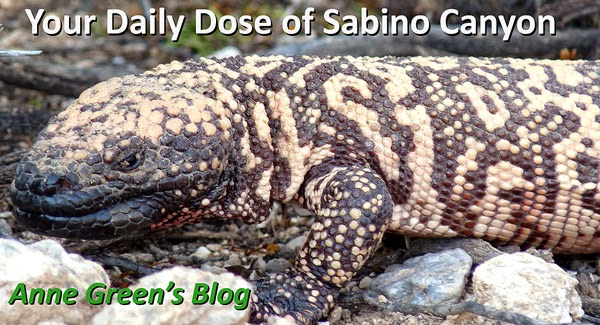 |
| Ned Harris took this at Sabino Canyon, Sunday morning 2/27/11 |
Monday, February 28, 2011
Snow
Sunday, February 27, 2011
Double Take
 |
| Pyrrhuloxia, male - photo by Ned Harris |
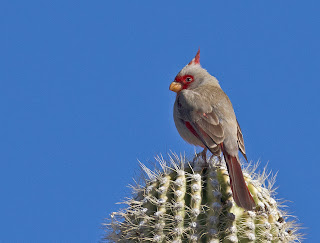 |
| Same guy, photo by Bob Wenrick |
 |
| Red-tailed Hawk, photo by Ned Harris |
 |
| Same, photo by Bob Wenrick |
Saturday, February 26, 2011
Insect magnet
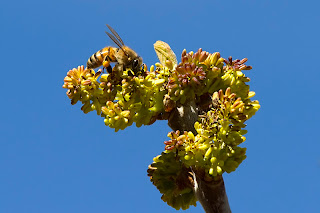 |
| Honey Bee |
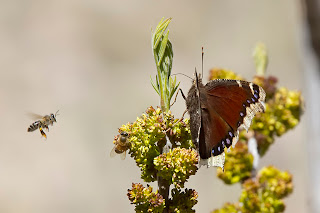 |
| Honey Bee and Mourning Cloak |
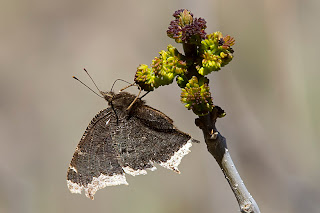 |
| Mourning Cloak with wings closed... |
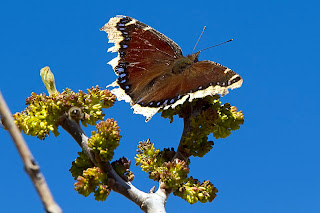 |
| And opened. |
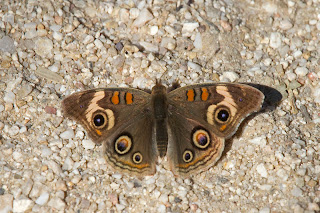 |
| Common Buckeye |
Thursday, February 24, 2011
So how are the Saguaros?
 |
| Photo by Bob Wenrick |
 |
| Photo by Bob Wenrick, Bluff trail |
Wednesday, February 23, 2011
It's bloomin' ash
 |
| Photo by Angie Perryman |
 |
| Photo by Ned Harris, 2/23/11 |
Tuesday, February 22, 2011
Patterns
| Prickly pear skeleton, photo by Carol Tornow |
 |
| Smiling prickly pear, photo by Angie Perryman |
Monday, February 21, 2011
Fairies dust in the spring!
| photo by Carol Tornow |
Sunday, February 20, 2011
Eye of the Roadrunner
 |
| Photo by Ned Harris |
Saturday, February 19, 2011
Food chain
Thursday, February 17, 2011
It's a gall!
 |
| Photo by Ned Harris |
Wednesday, February 16, 2011
It's a boy!
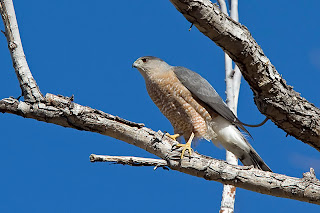 |
| Photo by Ned Harris, 2/14/11 |
Tuesday, February 15, 2011
It's our fault
| Sabino Canyon fault, photo by Carol Tornow |
 |
| Both samples from the site above |
 |
| Both sample photos from Peggy Wenrick |
Monday, February 14, 2011
All about galls
 |
| Photo by Angie Perryman |
Sunday, February 13, 2011
What's brewing?
 |
| Brewer's Sparrow, Photo by Bob Wenrick |
Saturday, February 12, 2011
Four gems!
 |
| Photo by Angie Perryman |
Friday, February 11, 2011
Thursday, February 10, 2011
The buck stops here!
Wednesday, February 9, 2011
Clear water
Tuesday, February 8, 2011
Home in the desert
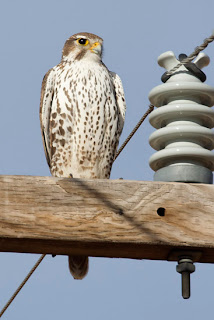 |
| Photo by Ned Harris |
Sunday, February 6, 2011
yin yang
Saturday, February 5, 2011
Perpetually Stone-Faced
| Cochise, photo by Carol Tornow |
Friday, February 4, 2011
Canyon reds
Thursday, February 3, 2011
Double decker
 |
| Click on photos for larger view |
 |
| Photos and id by Bob Wenrick |
Subscribe to:
Posts (Atom)
